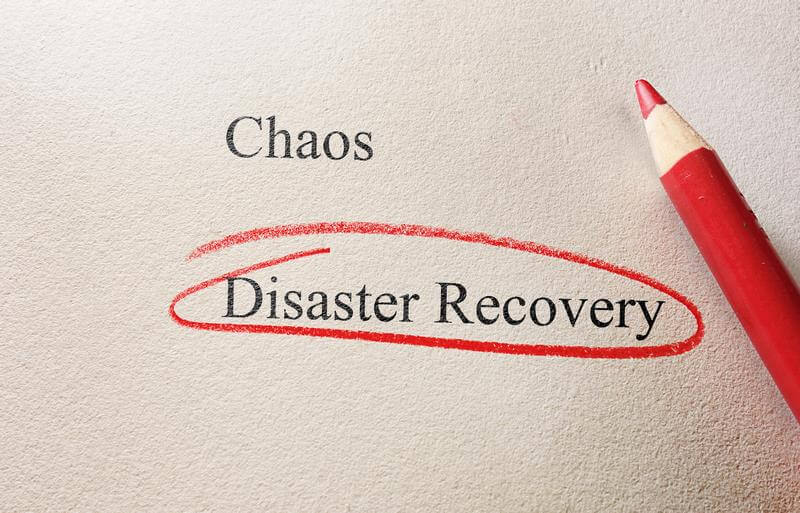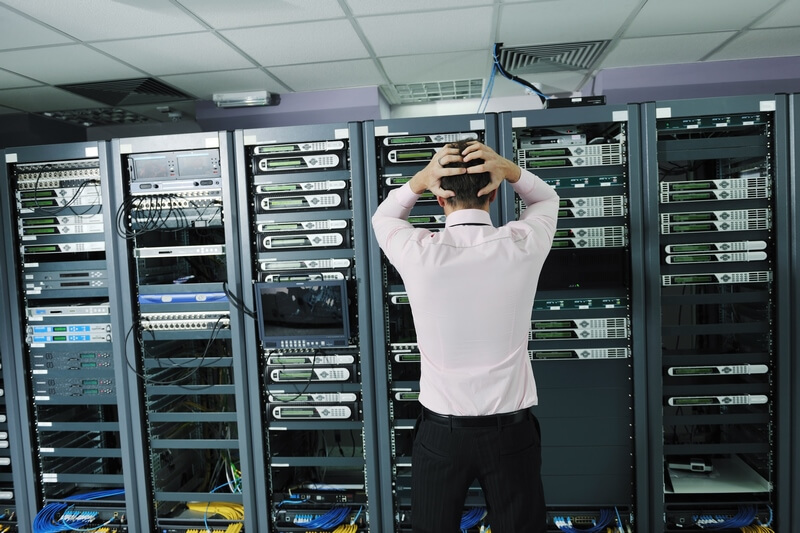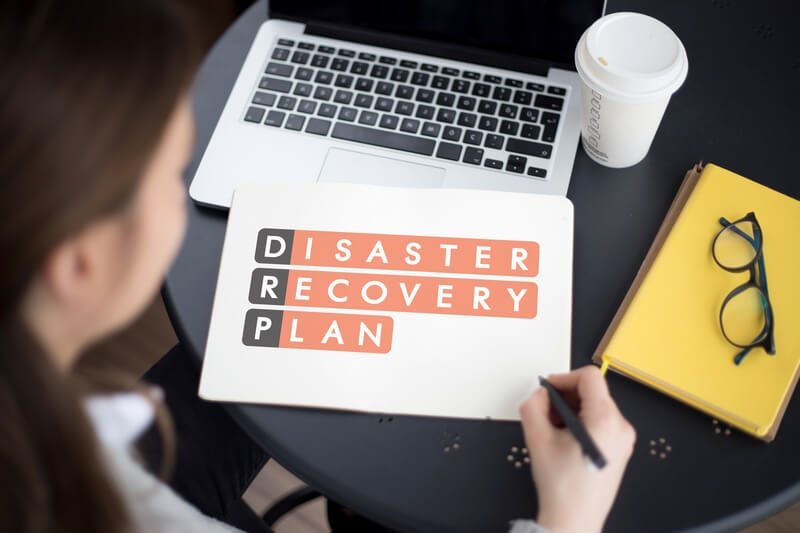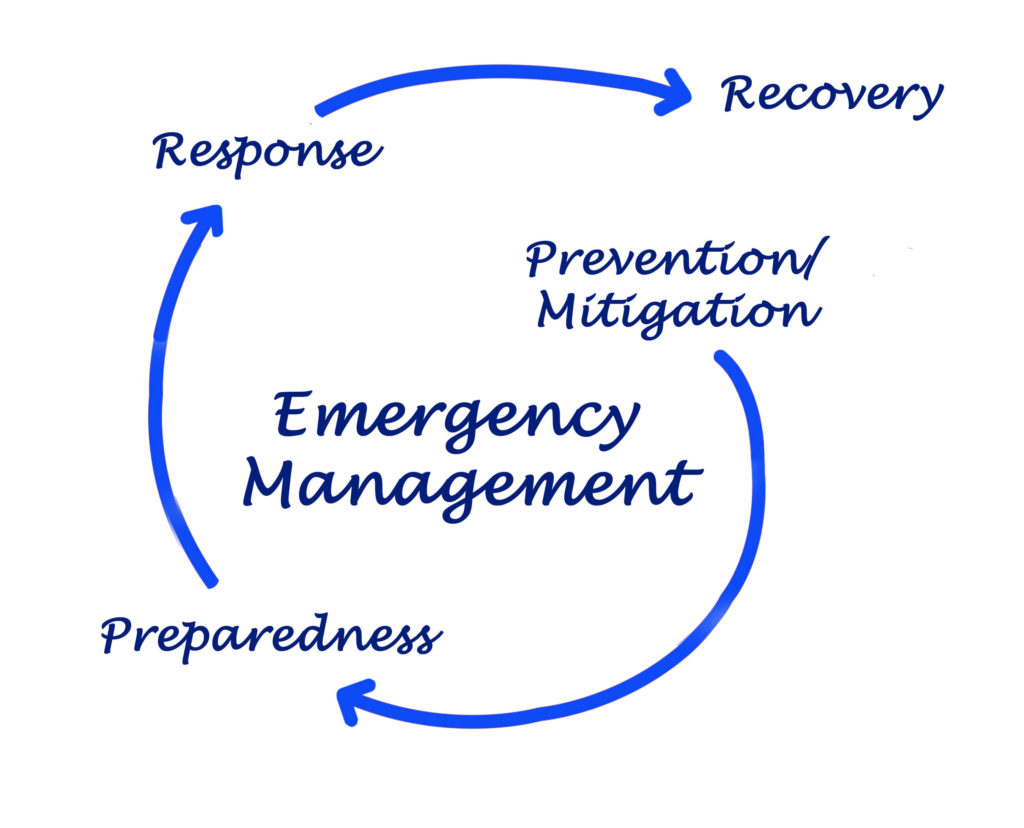
What is Disaster Recovery?
To me, the answer is that it depends. When most people think of Disaster Recovery, it means the process of restoring applications and systems. Or, IT DR is what happens after business interruptions to resume normal operations. It is the technology-focused tasks that help companies recover after an outage.
For the first half of my career, when I heard the words disaster recovery, I thought about how to help people recover from crisis events. To me, disasters were hurricanes, floods, or earthquakes, and restoration was the relief process that helped communities afterward. To read about recent disaster impacts, check out my Natural Disasters Five Year Review blog.
It meant helping out in FEMA Disaster Recovery Centers (DRCs). These centers are set up post-event to provide aid. When I moved to the private sector, I kept imagining a gym or hotel conference room set up with tables, supplies, and volunteers waiting for victims to help. I quickly realized I had to adjust my thinking to working in a private company.

In case you are confused
With the increased use of computers and software, IT Disaster Recovery grew during the 1970s. As reliance on technology developed, there was a need to know how to recover critical data if something went wrong. If you Google disaster recovery, you will still mostly find IT DR links.
Today, large and small businesses need an IT DR program in place. Even if it is simple, companies must plan to restore data due to business interruptions. If businesses do not have procedures in place, it will delay or severely impact recovery after an outage.

Disaster Recovery Plan Parts
A good recovery plan for disasters includes several sections. To develop a plan, you first assess your business functions and hazards. Next, you conduct a business impact analysis to understand organizational risks.
You can then determine recovery strategies and establish procedures. Last, plans are tested to understand gaps and make updates. Other helpful actions are to create crisis response teams, document communication information, and set an on-going improvement schedule.

The Other Side of Disaster Recovery
It is not entirely off the mark, but disaster relief provided by first responders and governments differs from IT planning. Earlier in this blog, I suggested that what you think of disaster recovery could depend on your vantage point. If you work in technology, you will think IT DR. If you work for a government agency or emergency management, you will likely think of disaster relief first.
When I worked in the public sector, I had minimal experience with IT Disaster Recovery. Most of my knowledge came from audits and documenting if tape backups were stored off-site. Now, the increased use of cloud-based solutions and growing reliance on applications is changing the DR landscape.

Disaster Recovery in the Public Sector
My prior experience was extensively related to Disaster Recovery. For me, it started with working for the American Red Cross September 11 Disaster Recovery Program. We provided relief and recovery assistance to individuals who lived South of Canal Street, first responders, and families of those who were injured or died on 9/11. Both a rewarding and challenging experience, I was drawn to disaster work from then on.
When I worked for the government each day varied, one day, I would be in an Emergency Operations Center and on the next launching a new training program. After several large-scale events, I saw how public-private partnerships could work but also how at times it was like they were speaking foreign languages to each other. Mostly, I saw multiple organizations trying to do their very best to provide limited relief to communities going through the trauma post-crisis.

Community Disaster Recovery Planning
Community Recovery Management and government-level COOP planning was my focus for many years. I learned the value of interfacing with diverse stakeholder groups and that the best recovery came from communities themselves. It was awe-inspiring to see how some cities came together to manage local disaster recovery on their own. Emergency preparedness is not the norm, and most communities needed the help offered.
The struggle of towns to recover from disasters at the local level is normal. Often, communities lack leadership or resources to plan for themselves. In the US, government planning grants or education takes a back seat to the day-to-day running of a city. Or, government campaigns are too broad to reach their target audience effectively.
So, for most places, disaster planning is a mishmash of plans known only to local emergency managers, law enforcement, or hospitals. It rarely rises to the level of public readiness that we see in countries like Japan. Community Recovery Management, at its best, is residents preparing for crisis events with minimal support from local government and relief agencies.

Disaster Recovery Wherever You Are
Having experienced both the public and private sides of emergencies, I know we need to improve in both areas. Knowledge of IT DR and community disaster relief is usually in the hands of the few and not well understood by residents. Regardless of where you land on the topic, both ways to think about disasters is essential.
Disaster Recovery on the technology side is invaluable. Few of us can live without access to the applications and systems we use for everyday tasks. Most businesses could barely operate without access to critical systems.
Just as important is how communities prepare and become resilient to disaster events. Without the relief services provided by non-governmental organizations (NGOs) like the American Red Cross, the Salvation Army or others worldwide, some towns would never recover. Aid fill in the gaps when local, state, or government resources are not enough. Disaster help may always be needed, but I would like to see more of it be home-grown and communities planning so that they can recover themselves.

Share your thoughts
So, what is your take on disaster recovery? What does it mean to you? What do you think of IT DR management? Are communities prepared for disasters where you live or not?
Let me know what you want to hear about in future posts. I may write about the cultures who are well prepared in the next blog. Let me know if this is something that interests you.
I look forward to your comments.
In case you missed it, check out my recent blog on Cultural Icon Disasters – The Notre Dame Fire.
